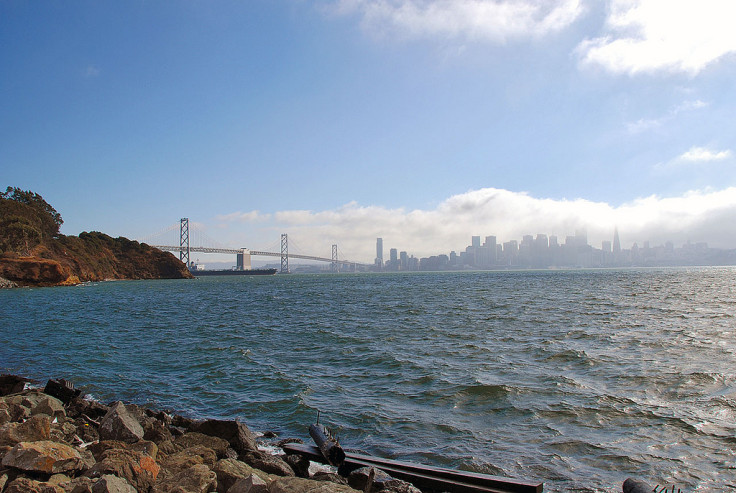San Francisco Bay Area's San Andreas Fault 'Ready for Major Earthquake'

San Francisco Bay Area is ripe for a major earthquake, with some sections of the San Andreas Fault "locked and overdue".
Scientists at the US Geological Survey (USGS) have found four sections of the fault that have stored enough energy to produce major earthquakes.
Earthquake cycles reflect the accumulation of strain, its release as a slip, re-accumulation and re-release.
A fault creep is the slip and slow release of strain that takes place between large earthquakes.
When there is no creep, a fault is considered locked and stress will then build to produce an earthquake.
Researchers in the Bulletin of the Seismological Society of America claim three of the sections are now near or past their average recurrence interval, meaning a major earthquake could be imminent.
James Lienkaemper, a co-author of the study, said: "The extent of fault creep, and therefore locking, controls the size and timing of large earthquakes on the Northern San Andreas Fault system.
"The extent of creep on some fault sections is not yet well determined, making our first priority to study the urban sections of the San Andreas, which is directly beneath millions of Bay Area residents."
The San Andreas Fault System spans 1,250 miles and 60% of the fault systems release energy through creep.
However, some faults have built enough strain to produce a major earthquake, with three having vast locked areas that have not ruptured in a large earthquake (over magnitude 6.7), since local records began. These are Rodgers Creek, Northern Calaveras and southern Green Valley.
Authors estimate the three faults appear to be nearing or have exceeded their mean recurrence times and have accumulated sufficient strain to produce major earthquakes.
Both Rogers Creek and Green Valley could produce magnitude 7.1, while another fault, the Hayward, has the potential to produce a magnitude 6.8 earthquake.
In comparison, the 1906 San Francisco earthquake that killed more than 3,000 people was a magnitude 7.8.
Lienkaemper said: "The San Andreas Fault and its two other large branches, the Hayward and Northern Calaveras, have been quiet for decades. This study offers a good reminder to prepare today for the next major earthquake."
© Copyright IBTimes 2025. All rights reserved.






















